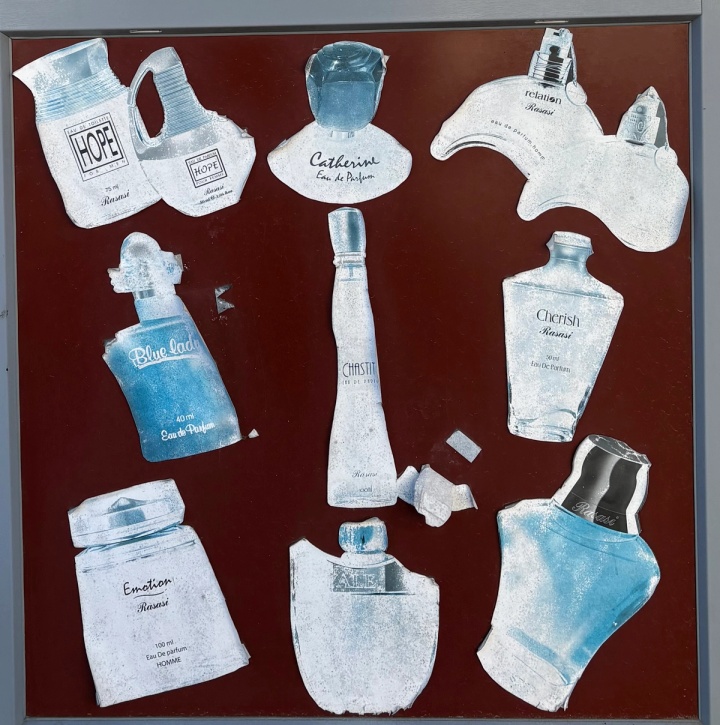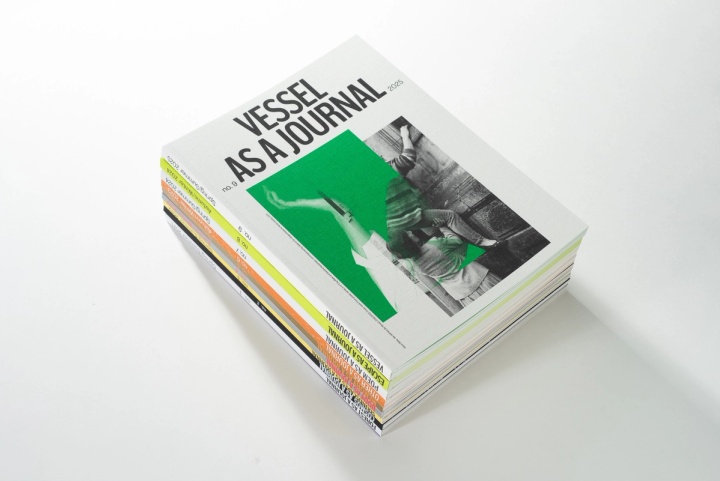
Join Performa's mailing list to stay up to date on the latest news and upcoming events.







LOCATIONS AND DATES
November 11, 11am - 1pm -- 41 Cortland Alley, New York, NY
November 11, 2pm - 4pm -- 401 Broadway, New York, NY
November 12, 10 - 11:30am -- 135 Carder Road, New York, NY (Governors Island)
November 12, 1 - 3pm -- E 67th St, New York, NY (Central Park)
November 13, 11am - 1pm -- 1965 Adam Clayton Powell Jr Blvd, New York, NY
November 14, 11am - 1pm -- Trinity Place and Thames St, New York, NY
November 14, 2-4pm -- Park Row & Beekman Station, New York, NY (behind Millenium Park)
Augustas Serapinas’s Shed from Long Island (2025) transforms a small, regionally sourced wooden structure into a nomadic figure that travels across New York City, using public space to evoke ideas of memory and home. The structure in question—a shed located on a property at 150 Bay Water Avenue in Southold, New York—carries a layered history whose origins shift depending on who you ask. Serapinas’s inquiry began with an interest in Lithuanian log cabin-building techniques and the question of whether such practices might retain a place memory in New York. But the shed out on Long Island is as American in the most direct sense: enslaved people, land, freedom bought and sold.
The Baltic tradition of log construction shares roots with the methods of early Scandinavian settlers—Swedish and Finnish colonists who established the colony of New Sweden in 1638 along the Delaware Valley. Before their arrival, English and Dutch settlers typically built brick and timber-frame houses. When the Dutch seized New Sweden in 1655, and later when the English took control of New Netherland (including New Amsterdam/New York) in 1664, these Scandinavian techniques spread throughout the region. The log method proved particularly practical for frontier settlements such as those on Long Island: it was quick to assemble, required minimal tools, and made efficient use of the area’s abundant timber.
The history of the Southold shed that Serapinas will be working with begins with Kedar and Chloe Derby, an enslaved couple brought to the North Fork in 1780 by William Albertson of nearby Hashamomuck. The Darby’s son Maltby “became property of Zaccheus Goldsmith,” as the record puts it, until he bought his freedom from Daniel Goldsmith, Zaccheus’s grandson, at twenty-five. In 1809, Maltby received a parcel of land and a house on 150 Bay Water Avenue. He expanded what had been a single-room home built in 1663 into a three-bedroom dwelling on a thirty-acre farm that offered “charming prospects of land and water” and “full views” of “the spires of Southold and Shelter Island.” The house passed from Maltby to his son Jasper, then to Albert, his grandson, who sold it to Robert Overton in 1873. The last known tenant, Joan Greitz, lived there from 1983 onward.
When the shed itself was built remains uncertain. That uncertainty is where Serapinas enters. His sculptural practice treats architecture as an organism—something that has lived lives and will continue to do so, with or without him, as its wooden panels weather, warp, and settle in and out of new forms of care. Shed from Long Island finds Serapinas in dialogue with a structure already in motion, its material life shaped by both human hands and the elements.
Across Manhattan, Serapinas will arrange the shed’s disassembled panels in real time within public space, as if one were stepping into the artist’s studio, watching him work through decisions in process. This way of working—a continual relocating of the shed’s parts—ensures the materials resist the trappings of static exhibition display. On one hand, Serapinas flattens the hierarchies between what is considered live or not; on the other, the juxtapositions between the shed’s material and movement of the city may reorient the passerby, the commuter, the tourist, the neighbor, and the shared curiosity and ambivalence that bind them.
At the close of the Biennial, the shed will return home to Long Island—its journey across the city concluding where it began.
